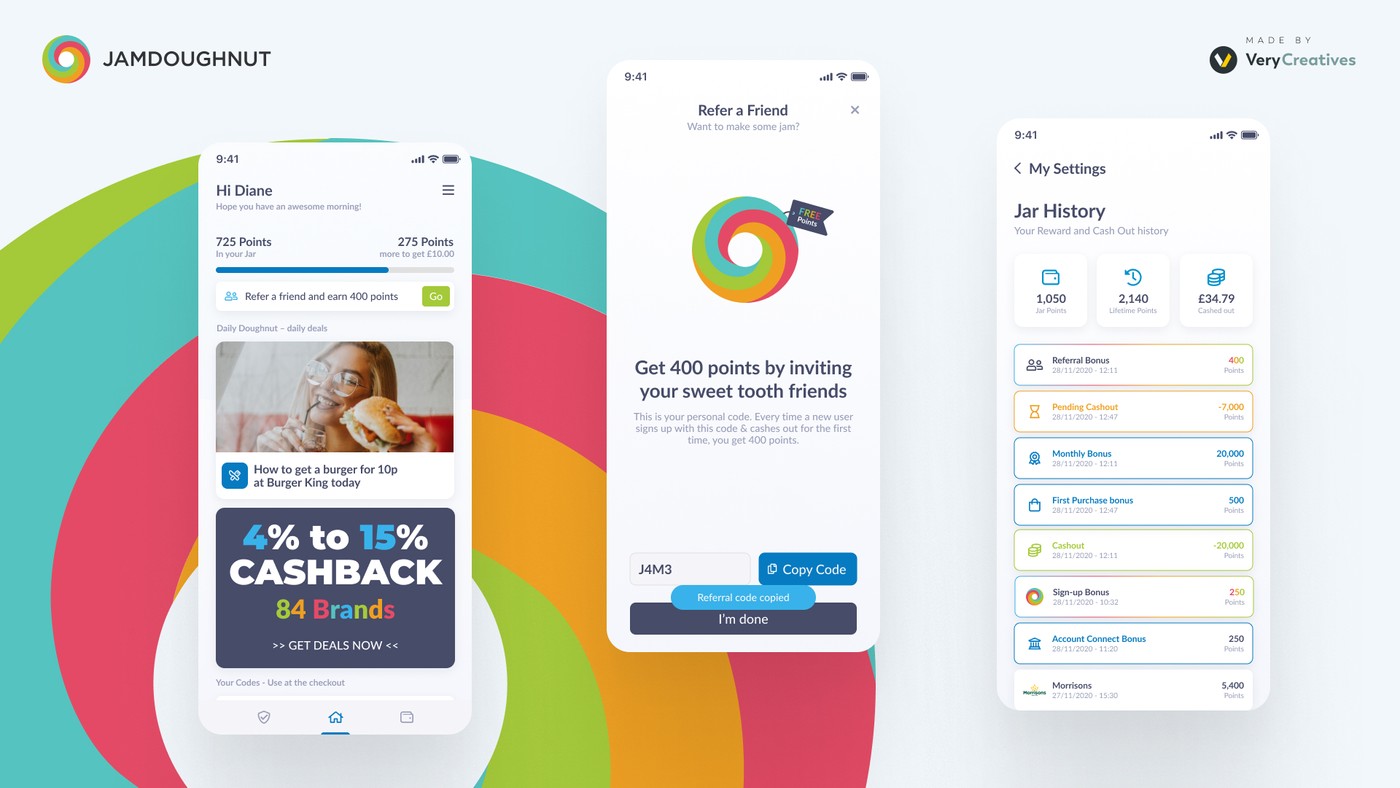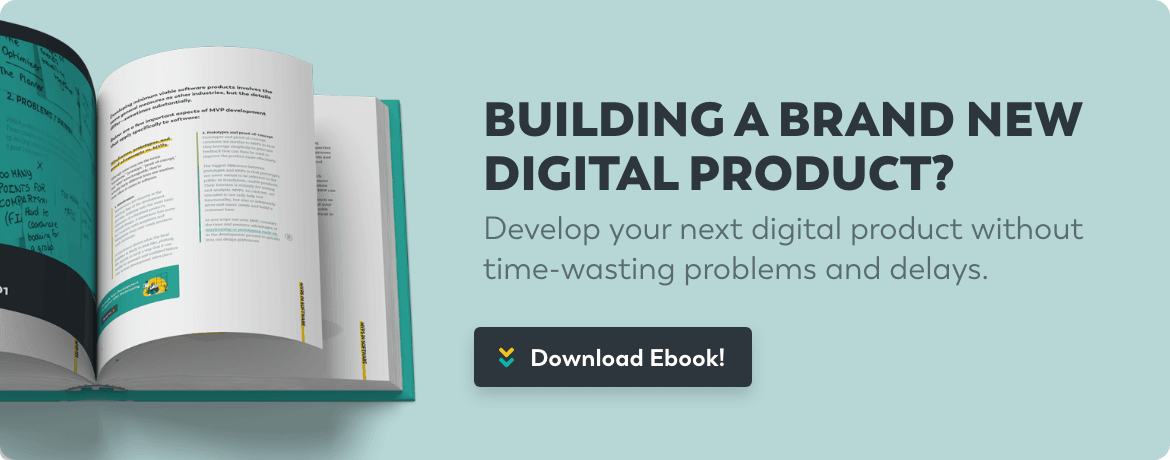Is growing a SaaS business an attainable goal in 2022? The industry is competitive, but not so saturated that the endeavor is a lost cause for small startups. It’ll take some strategizing and outreach, but with a diversified approach, you can indeed expand your SaaS startup and make it profitable.
Why growing a SaaS business is an attainable strategy
SaaS business growth is proliferating across the industry. The SaaS market was worth $145.5 billion in 2021 and is projected to reach $172 billion in 2022. The industry is expanding as the hunger for digital solutions grows.
Think about it.
How many jobs are now remote? How many people buy products online as opposed to visiting a brick-and-mortar store? There are also apps for just about everything these days.
The point is: There will always be SaaS growth opportunities for small startups. However, for long-term success, you need a multi-avenue approach.
8 strategies for growing your SaaS business
Let’s get into some viable strategies for turning your SaaS business into a lucrative model.
1. Address your audience’s pain points with a strong product
As a SaaS business, you need a product. This product needs to address the customer’s pain point. In other words, how can your software solve your target demographic’s problems or make their lives easier in some way? Identifying your customer pain points will help you flesh out your minimum viable product.
Make yourself distinct from the competition
Whatever your product is, there’s a high likelihood similar products are already on the market. Even if your product is unique, it’s only a matter of time before competitors join in with their own version. Apart from the product itself, what else can you offer that sets you apart from the competition? Distinguishable points include:
- Lower pricing
- Free trial
- 24/7 live support
- A portion of sales going to charity
- Product made by local developers, thereby supporting the local community
2. Have an SEO plan
Want to know how to grow a SaaS business? How about a strong SEO game? Contrary to what industry insiders may say, SEO is not dead in 2022. In fact, as of 2020, there are seven billion searches every 24 hours, up from 5.5 billion in 2016.
To be more accurate, SEO is evolving. Gone are the days when you can get away with producing dozens of low-quality keyword-stuffed content. Here is how you implement SEO in 2022:
- Aim for a 2% to 5% keyword density in the text body.
- Include the main keyword in the meta tag, meta description, H1, and at least one H2.
- Optimize website speed: As a general rule, pages should not take more than 2.5 seconds to load. Google does penalize slow-loading sites.
- Publish a steady supply of keyword-optimized content for your blog. Run the content on a plagiarism checker before publishing.
- Link to non-competing sites of high authority.
3. Reduce churn rate
The SaaS industry has an annual churn rate of 5% to 7%. Strive to get the churn rate under 3%. For startups, just aim to get the figure down each year. The key to reducing churn is a strong retention strategy. Consider these approaches:
Annual contracts
If you have a subscription-based service, contracts should be no shorter than 12 months in duration. You may, however, offer shorter trial periods. With year-long contracts, customers only have a chance to renew or churn once per year. By contrast, if contracts are, say, 90 days, that’s four chances per year for the customer to churn.
Loyalty programs
Offer incentives for existing customers. Make it rewarding for them to renew and continue service. Rewards can include:
- A free upgrade to a VIP membership
- A discount for signing up for other services
- Early-bird access to new product releases
4. Develop a referral program
Have a referral program in place that rewards customers for getting their family members and associates to sign up. Referral programs are especially effective in the SaaS industry and other niches that provide subscription services. Why are referrals effective? Referrals work by word of mouth, and a Nielsen study shows 92% of consumers trust personal recommendations from people they know over conventional advertising.
Still skeptical?
Here’s a case study for you: The cloud storage site Dropbox implemented a referral program that rewarded both the referrer and the person referred with additional storage space. The result? The company saw a whopping 3900% increase in new signups in just 15 days.
Incentives for referrals should be directly related to your service. An example is a 30-day contract extension for every person referred. You may also elect to reward referrers with internal currency, redeemable for any in-store product. Rewards should also increase with more referrals. An example is a $20 in-store currency for the first three referrals. The amount climbs to $30 for each person thereafter.

Knowing that referral programs can boost user acquisition, we implemented a robust referral system into Jamdoughnut which is UK’s No.1 Cashback App. This Refer-a-friend functionality was an investment that keeps compounding over time and contributes to month-over-month user growth.
5. Create an affiliate program
An affiliate program is similar to referrals. However, affiliates use their own channels to market on your behalf and receive a monetary commission for each person that comes aboard. Affiliate marketing is rapidly increasing. According to a 2021 report from the research group SaaS Scout, affiliate programs on average make up 15% to 30% of a company’s total sales.
An affiliate program is a great way to grow a B2B SaaS business through the leverage of brand advocacy. Identify potential brand advocates through the following:
Look for customers who have mentioned and tagged your product on their social media.
- Sift through product reviews and identify customers that gave your company a positive review.
- Consider employees as brand advocates since they’re familiar with the product and have an inside-out perspective of the brand.
- Examine your analytics and identify clients with a high customer lifetime value score.
6. Start a Google Ads campaign
Google Ads may not be an affordable option for some SaaS startups. SaaS-related keywords are not cheap. In fact, cost-per-click bids for keywords in this industry can run as high as $100. Against more established services, it may seem like an uphill battle to mount a successful Google Ads campaign.
Indeed, you will likely lose money during your initial foray into Google Ads. Over time, however, this can become a lucrative tool for getting your demographic through the first stage of the sales funnel.
Consider these factors for optimizing your ad campaign:
Gmail ads
Employ Gmail ads and use the keywords your competitors are using. Sign up for your competitor’s email list and examine the keywords that come up often. Use these as your own target keywords.
Similar audience
Use the Google Ads similar audience feature. If you’re familiar with Facebook’s lookalike audiences, similar audiences does the same thing but for Google platforms like Gmail and YouTube. What it does is examine the profiles and characteristics of your best-performing audiences and target new customers with a similar profile.
Negative keywords
Identify negative keywords to tell Google what your product is not. This keeps your ad from showing up in keyword searches that aren’t from your target demographic and unlikely to convert. For example, if your product is a construction automation software, negative keywords may include “real estate.” This way, realtors entering searches for automation software don’t see your ads.
7. Write a press release
Press releases announce a major event at your company, such as a product or service release. They won’t get published in mainstream publications like Forbes or Rolling Stone; however, they do have an effective outreach that can make its way in industry-specific publications and social media.
Here are some key implementations for writing a SaaS press release:
- A press release should be informative and not a sales pitch. However, a call to action in the closing paragraph is acceptable.
- Publish at least one press release every quarter.
- Press release topics include product releases, product news/updates, new executive hires, company award nominations and wins, company joint mergers, industry research and findings, and customer success stories.
- Foster a social network with industry journalists that can get the press release published in relevant journals and magazines.
- Optimize the press release for SEO just as you would for blog content.
You can spice up your press releases as our client did. Locale (formerly Freedom Pizza) has published a press release about their #SafetyDelivered campaign. The article features a high-quality video that is not just attention-grabbing and emotional in this case but can go big on social media.
8. Focus on retargeting
Here’s the blunt truth: The bounce rate among first-time site visitors is around 70% across all industries. This means seven out of 10 people who visit your site for the first time never come back. One way to reduce the bounce rate is through effective retargeting ads. People who visit your site will begin seeing your ads not long after. The fact they visited your site in the first place is a show of some interest. Retargeting ads are a gentle reminder for them to return. Here are some retargeting best practices:
- Consider bidding higher on your retargeting ads, which are likely to have a higher value per impression.
- Consider ads that promise free items. Since the SaaS sector is nearly all digital, it costs nothing to give away items like ebooks or a beta version of your product.
- Limit the ad frequency to three, so the same people don’t see your ad more than three times. If they see your ad too many times, it becomes an annoyance.
- Use Facebook’s dynamic creative ads. Under this feature, Facebook will automatically use the combination of CTAs, images, and descriptions that have the highest click-throughs. It essentially does the A/B testing for you.
Level the playing field with VeryCreatives
The SaaS industry is lucrative, but it’s also very competitive with big-name players consuming a large piece of the pie. But by no means does this mean you shouldn’t even try—help is here. VeryCreatives’ team of developers helps grow SaaS companies from all over the world.
We can assist you throughout the various phases of development, from conception to beta testing and release. Let VeryCreatives be an extension of your team, so your startup sees its full potential. Book a call today—we want to hear about your vision!
